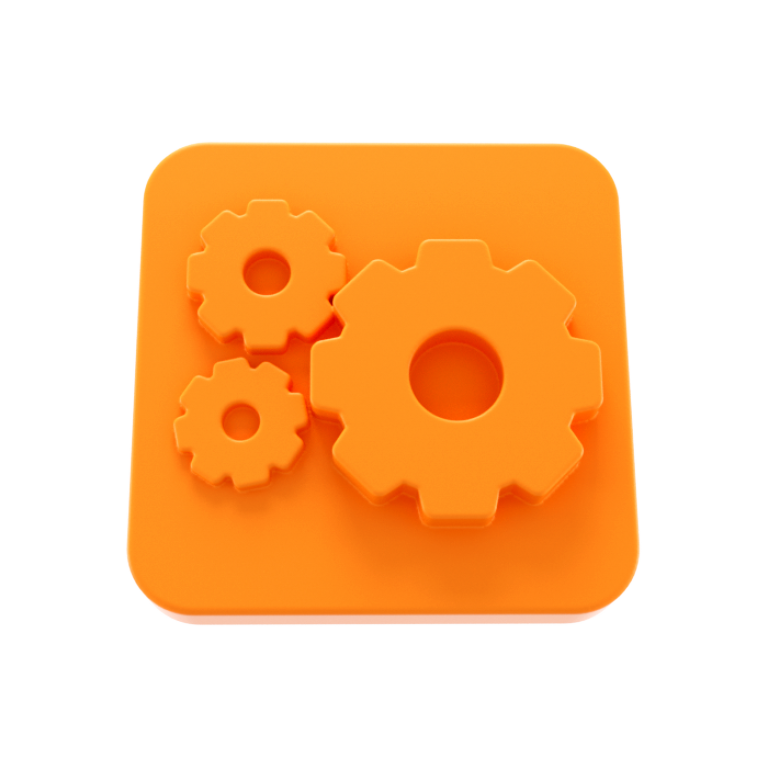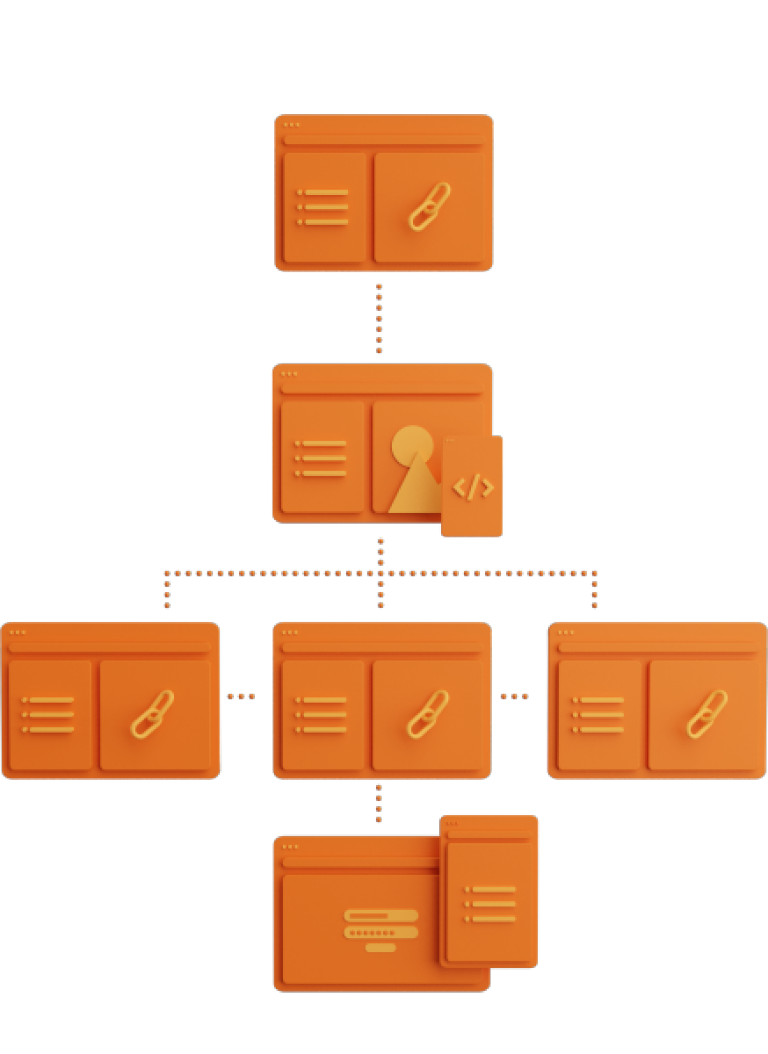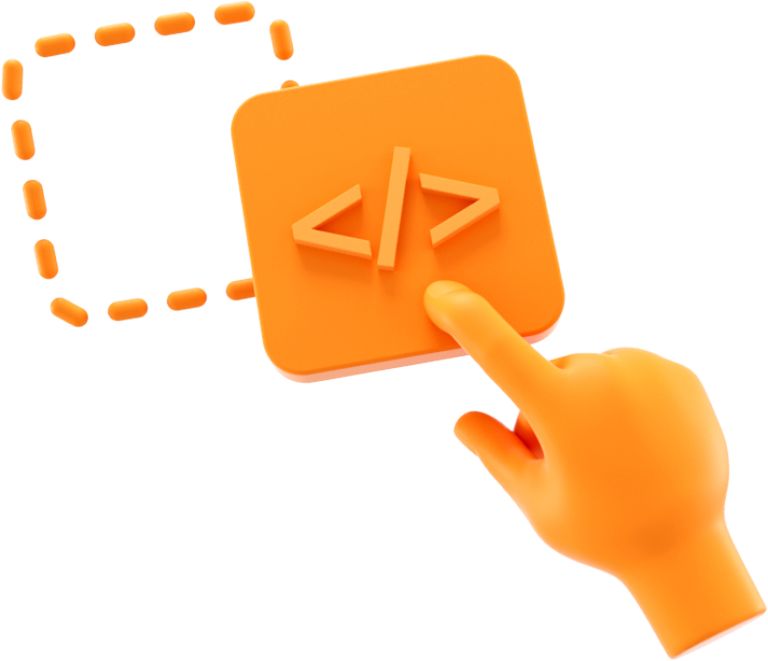How do you guarantee a successful multisite implementation?
Implementing a multisite requires the right technology and expertise. After selecting a multisite CMS, the implementation process begins. Where do you start? How do you ensure that your multisite implementation is guaranteed to be a success? On this page, we take you through the stages of a multisite implementation.

What makes a multisite project challenging?
In a multisite implementation, a good vision is essential. The lack of a multisite vision is not 1 of the biggest pitfalls when selecting a multisite CMS for nothing. In over 100 multisite implementations, we have found that a multisite project brings so much more complexity than a single website project.
Here are the 4 reasons why a multisite implementation is complex:
1. Different websites require different CMS configurations and features. This means that the central theme must be flexible enough to support all different use cases, not only in terms of look-and-feel, but also in terms of CMS capabilities, such as portal/login, integrations, inline CMS and commerce.
2. Within content teams, there are different levels when it comes to content marketing skills and preferences. Some colleagues need headless content management, where others prefer to make adjustments in a visual editor. The system must be able to support all levels of content maturity.
3. Multiple sites can lead to complex issues of security, speed and SEO. The system must be able to address these issues, such as avoiding duplicate content and optimizing load times with a CDN.
4. It requires a design system that is aligned with all stakeholders. The central theme must house all the different applications in a "master template" that meets the brand identity, is flexible and easy to use for all stakeholders.

How do you tackle a multisite project?
To avoid running into problems in a multisite implementation, it is important to set up a thorough implementation process.
At Plate, we do this using 4 project phases: Define, Design, Develop, Deliver. Below we discuss each phase of the implementation separately.


Define Phase
The Define Phase is the first and perhaps the most important phase of your multisite project. This is because it ensures that both the team and the client get the scope of the project clear. This way you avoid discussions during the project about things that have not been agreed upon, for example.
The Define Phase starts with a kick-off with the key stakeholders During this session it is important to get the technical and functional wishes/requirements clear. It may well be that several follow-up sessions are needed to map everything out. We also jointly determine the project approach, schedule follow-up meetings and agree on the feedback structure.
Design phase
The Define Phase is followed by the Design Phase, which usually starts with the development of wireframes. These are schematic representations of the various pages and functionalities that the websites should contain. In this phase, the functional frameworks of the multisite are defined and mapped out. The purpose of the wireframes is to determine the structure and content of the website(s) and to get a good idea of the various elements that should be included in the "block box.
After the wireframes are created, they are translated into the actual design. The design must fit the functional frameworks established in the wireframes. This takes into account the corporate identity of the organization and the wishes of the users. Designing a multisite can be a complex process because the different use cases and CMS configurations of the websites must be taken into account. Therefore, it is important to coordinate well with all parties involved during this phase and ensure that the design meets the set requirements and expectations.

Develop phase
The Design Phase is followed by the Develop Phase, where the actual building of the multisite begins. This phase starts with the transfer of the design to the developers, who then get to work converting the design to code. In addition, this phase often involves working on the content model and setting up any API links. It is important that regular consultation between the developers and other stakeholders takes place during this phase, so that adjustments can be made quickly and development proceeds smoothly.

Deliver phase
The Deliver Phase is all about delivering the multisite project perfectly to the client. This involves scheduling a number of feedback rounds to dot the last i's and make sure the client is satisfied with the end result. At the same time, all sites within the multisite are prepared to be filled with content. This means that all templates and pages are created and some content may have already been filled in to serve as examples. Afterwards, CMS training takes place so that the client knows how to add and modify content on the various sites within the multisite. In this way, the customer is well prepared to start working on his or her own and the project can be completed successfully.
Want to know more about multisite?
Want to know more about multisite and how to make the right multisite choices, for example? Then we have some interesting resources for you, for example this podcast in which we share what is often forgotten when selecting a new (headless) CMS, a multisite demo video or an article with the 5 best practices of multisite.
Also, feel free to send us an email with your specific multisite questions. We'd love to help you through the process.
👇 A sample of the > 100 multisite implementations
"Plate has helped us very well in the process of renewing our own website and the more than 60 subsites of foundations that have joined Plate's multisite environment. The diversity of users at the foundations with knowledge of a CMS system seemed to us to be quite a challenge. Together with Plate, we deployed training, online collaboration sessions, a clear learning environment and support."
.jpeg?width=768&mode=crop&format=jpeg&signature=182525e65bea3f2d77f64bc4b37c940c2efe2875)
Anne-Lieke Joosten
Communication Advisor








